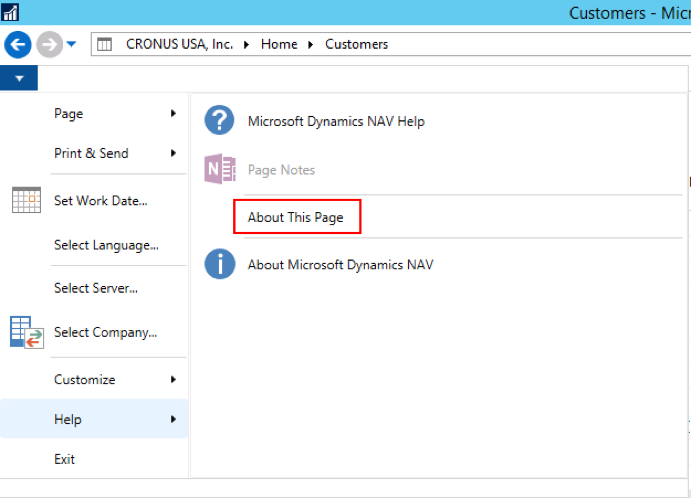The workplace is constantly evolving. Technology is changing the way employees are working. As the workplace changes, companies need to make sure they are implementing the best technologies to ensure their employees are effective at their jobs. For many companies, cloud apps are the best way to fill the cracks not covered by their ERP or CRM system.
Advantages of Cloud and On-Prem
Cloud apps have strengths that can’t be achieved using on-premise systems. Cloud apps have scalability advantages providing enterprise-level features at affordable prices. They are available online, making it easy for users working remotely to access the data they need when and where they are. Different departments need different features in their software to optimize productivity.
On-premise applications have their own set of strengths. Customization options are more robust on-premise. There are customizations outside the software that can improve functionality, and these capabilities will not be available in cloud apps. Organizations have control of their hardware, software, and location of data. This can either increase or decrease costs depending on the organization’s size and needs. Organizations can make necessary changes quicker on-premise than would be possible when working with a cloud company. Both on-premise and cloud apps have benefits, which is why hybrid solutions that include both are common.
Cloud Apps and On-Premise, a real-life scenario
Accounting generally starts with the same base principals and procedures, but every industry throws its own variance to the process. An example would be a trucking company, they need to do accounting the same as any other company, but they may need additional information not available from their current systems such as vehicle tracking, timesheet entry, and dispatch systems – all now recorded in three different cloud applications. An industry that has been everywhere for generations has a need for those cloud apps to work well with their on-premise ERP system.
This example will spread data across multiple systems making tasks such as reporting, billing, and payroll challenging. Payroll needs the timesheet data returned, and billing will require load information from the dispatch software. Cloud apps keep the data on servers off-site, meaning the trucking company will have restricted access to what they need. The challenge is to combine this data into one usable location. The web apps will commonly have an interface for pulling data out, and in some cases, pushing data in. These can be in the form of text file exports or an Application Programming Interface(API). Either way, there won’t be an automated way to convert and insert the data into your on-premise system.
It’s to the trucking company’s advantage to use tools like SmartConnect to integrate data between systems. SmartConnect is capable of reading the output files from cloud apps and connecting to the REST and SOAP APIs used by applications both on-premise and cloud based. SmartConnect can be set up to automate processes to keep systems in sync. The APIs used by on-premise and cloud apps have useful features beyond copying over data, they also have duplicate detection and change tracking. By utilizing SmartConnect, the trucking company as a user-friendly way to handle the complex process of integrating their three cloud applications with their on-premise ERP system.
Here are some things to consider when setting up an integration between systems:
- Every API is different: There is no standard API, meaning you will have to work with it to learn how to best use it.
- API Limits: Some APIs have restrictions on the number of calls per day and records that can be returned in each call.
- Filtering options: APIs have predefined filtering options, some will only allow filtering based on a unique ID, while others will allow filtering on other attributes such as dates, owners, or amounts.
- Automation: How to pull the data from the web app, convert to a usable format, and import into on-premise system.
Every business is unique; therefore, every integration will be unique. Achieving a seamless integration is a challenge, and will only become more difficult as additional systems and web apps are developed and implemented. Setting up low or no-code integrations is a desirable option because it eliminates the reliance on developers and standardizes procedures. SmartConnect provides low code options for integrating cloud apps to on-premise systems, and from on-premise to cloud apps. SmartConnect automates the entire process from retrieving the data, converting, and importing into other systems.
Ready for more information on SmartConnect? Let us know.
